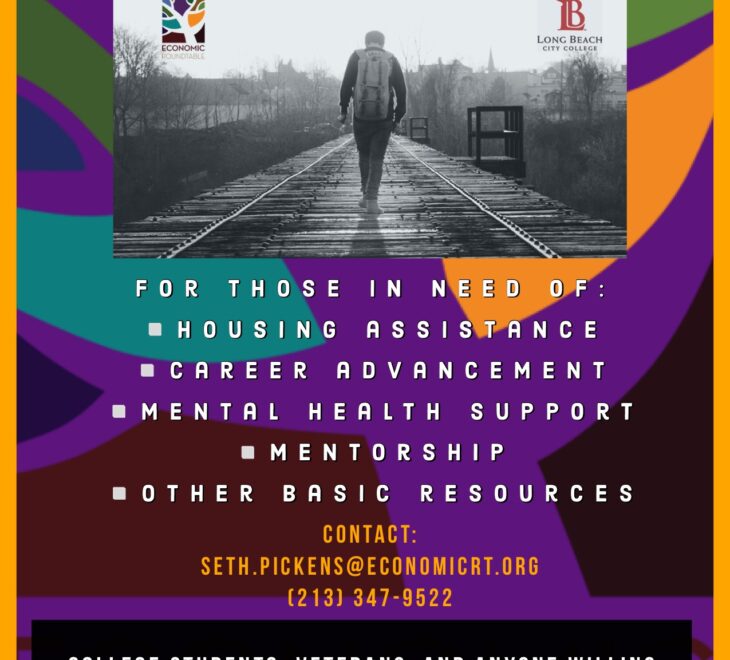The current issue of HUD’s peer-reviewed journal, Cityscape, includes an article on the Silicon Valley Triage Tool that was developed by the Economic Roundtable. This statistical model provides a fair, objective tool for triage—prioritizing which individuals should have immediate access to permanent supportive housing.
Santa Clara County voters have approved major investments in affordable housing for people experiencing homelessness, but the number of individuals who need housing still substantially exceeds the amount of housing that is available for them. The tool prioritizes high-cost individuals for whom the solution of housing costs less than the problem of homelessness. Cost offsets from reduced service use after high-cost individuals are stably housed can be stretched across a larger pool of homeless people whose housing can be subsidized with those offsets.
The Roundtable is now working with Santa Clara County to tailor the tool to the data flow available to the Center for Population Health Improvement. We are also developing statistical models for use in Los Angeles County to target interventions for employable adults who are homeless and for high-risk foster youth.
This article is a fully documented sequel to the Economic Roundtable report that was released in 2016, Silicon Valley Triage Tool: Identifying and Housing High-Cost Homeless Residents.
 Accuracy of the Tool
Accuracy of the Tool
The biggest job the triage tool does is to correctly exclude most people with low costs. After that, it is distinguishing subtle differences between people with significant problems and significant levels of service use to predict who will have high future costs. One of the challenges the model must contend with is abrupt changes in costs from one year to the next. Some conditions are one-time events, resulting in costs that spike and then decline. A key strength of this tool is that it is based on service records over a five-year period, so the source data captures many of these one-time cost spikes.
As with all predictive modeling algorithms, there are trade-offs between maximizing the number of high-cost homeless persons correctly identified and minimizing the number of low-cost homeless persons incorrectly identified. The model is particularly strong when using high probability cut-off levels. For the top 1,000 high-cost users predicted by the model, two-thirds of them are correctly identified as having high future costs.
We completed our validation by developing a business analysis to assess the cost effectiveness of the model. We identified as the optimal cut-off level a probability of 0.37 or higher of being in the high-cost group. At this probability level, 5 percent of the homeless population is identify as the target group. We assessed potential cost savings by comparing total housing and service costs ($17,000 annually) with the estimated 68 percent post-housing cost savings for true positives – those correctly identified as high-cost service users. The results confirmed that anticipated cost savings from true positives far exceed the total costs of housing, yielding net savings of $20,000 per person over the next two years after the total population with a probability score of 0.37 or higher enters permanent supportive housing.
We extended our cost analysis to different probability cut-off levels because the threshold can be raised or lowered depending on policy objectives and availability of housing. We showed that at higher probability thresholds, per capita savings increase because a higher proportion of high-cost users are targeted. Using 0.53 as the minimum probability threshold for the target group, there are estimated annual savings of $32,000 per person after paying for housing and supportive services. On the other hand, using 0.20 as the probability threshold, we achieve break-even financial results, with cost savings from reduced service use fully offset by the cost of providing housing and supportive services.
 Distinctive Attributes of High-Cost Individuals
Distinctive Attributes of High-Cost Individuals
High-cost individuals are differentiated by having acute problems and using expensive services more frequently than in any other group. Individuals in this group are the most likely to be diagnosed with a mental disorder, in particular, a disorder that takes the form of a psychosis, and a psychosis that takes the form of schizophrenia. They are also the most likely to be given a maximum or high-medium security jail classification because of the safety risk they are perceived to present. They are the most likely to have been continuously homeless for three years. They are most likely to be diagnosed with a skin disease such as cellulites or an endocrine disease such as diabetes. They are the most likely to be tri-morbid – diagnosed with a mental disorder, a chronic medical condition and to abuse drugs or alcohol. Demographically they are the most likely to be male and to be in the middle of their lives – 35 to 44 years old. And they are the most likely to frequent users of hospital emergency rooms and inpatient beds, emergency psychiatric facilities, mental health inpatient facilities, and to be incarcerated in a jail mental health cell block.
Efficient Use of the Tool
This is a system-based tool, that is, it requires detailed health care and justice system information about each individual that is available only from those institutional systems. This includes medical diagnoses, accurate details of encounters with health care providers, and details about stints of incarceration. Cooperation of both health care and justice system agencies is necessary to obtain information required for the tool.
Because of the level of effort required to obtain and integrate the necessary data, the most efficient use of the tool is for regular, ongoing system-wide screening of linked records rather than screening clients individually. By predicting how likely each person in the entire identified population of homeless resident is to have high future costs, it is possible to prioritize individuals for access to the scarce supply of permanent supportive housing. For example, targeted individuals can be flagged in client databases so that housing can be offered to them the next time they seek services.
Underwriting
Development of the Silicon Valley Triage Tool was underwritten by the Santa Clara County Office of Supportive Housing and Destination: Home.
![]()













